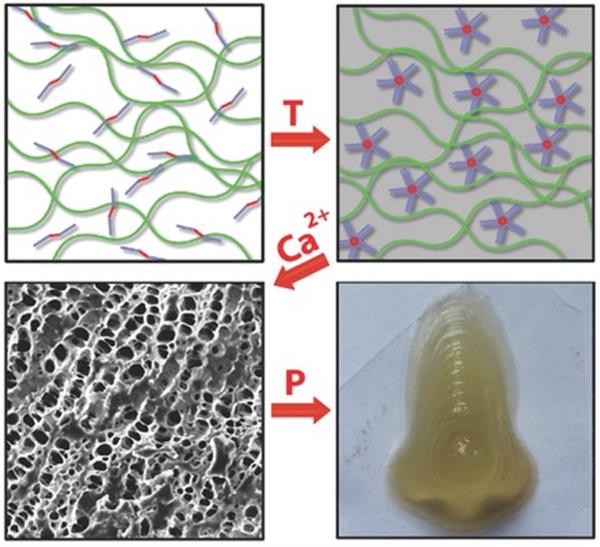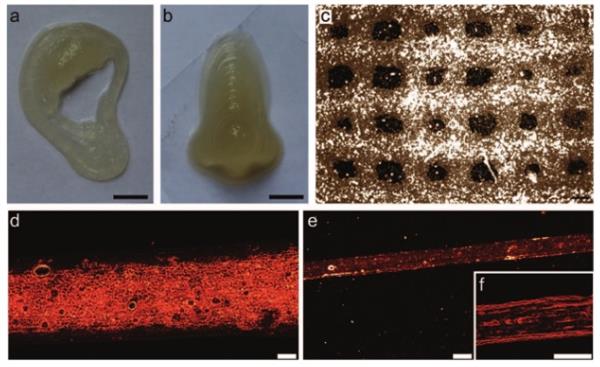The ultimate goal of bio-3D printing and regenerative medicine is to cultivate artificial organs that can replace human organs to solve the problem of shortage of transplanted organs and rejection reactions after organ transplantation. The first step in 3D printing of organs is to obtain the cells needed for organ culture, and then deposit a mixture of cells and bio-ink onto a three-dimensional scaffold through a bio 3D printer. How to make cells survive for a long time? How do you let cells grow according to the structure that people design? These are all challenges that can be encountered in the process of biological 3D printing of organs.
Bio-inks mixed with cells play an important role in 3D-printing organ culture, which provides nutrients and support for cell growth. Scientists at the University of Bristol in the United Kingdom have discovered a bio-ink that provides support and nutrient delivery for bio-3D printed cartilage or bone tissue.
Solidify when the temperature rises, exit when the task is completed
The bio-ink found in the University of Bristol contains two polymers, one of which is a natural polymer extracted from seaweed and the other is a synthetic polymer commonly used in medical treatment. When the temperature reaches 37 ° C, the synthetic polymer will cure the ink and convert it from a liquid to a gel. Natural polymer materials extracted from seaweed provide the cells with the nutrients they need. Synthetic polymer materials are cured when exposed to elevated temperatures, allowing liquid ink materials to be shaped into complex three-dimensional structures. Stem cell growth has gained both nutrition and "styling" in this bio-ink.

The special features of this bio-ink are more than that. The lead researcher revealed that the synthetic polymer material in the ink is only temporarily present. When the cellular nutrients are introduced, the synthetic polymer material will exit the three-dimensional structure, leaving many microscopic pores. These pores provide a more efficient nutrient delivery channel for stem cells.

The application of this bio-ink is to culture 3D printed cartilage or bone tissue. With the support of bio-ink, stem cells will grow into chondrocytes or osteoblasts. Over the course of a few weeks, these cells will grow into a full-size cartilage or bone that can be used for transplantation.
Related research papers have been published in the journal Advanced Healthcare Materials, entitled: 3D Bioprinting Using a Templated Porous Bioink.
(Editor)
Zhejiang Hisun Electrical Appliance Co.,Ltd , https://www.cn-hisun.com